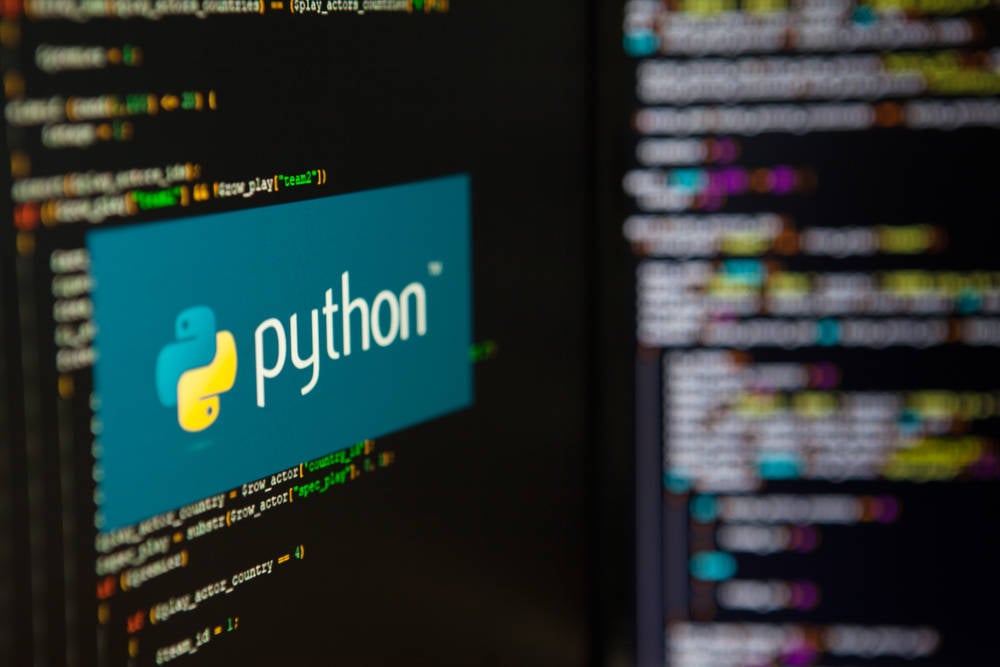Microsoft has warned of yet another vulnerability that’s been discovered in its Windows Print Spooler that can allow attackers to elevate privilege to gain full user rights to a system. The advisory comes on the heels of patching two other remote code-execution (RCE) bugs found in the print service that collectively became known as PrintNightmare.
The company released the advisory late Thursday for the latest bug, a Windows Print Spooler elevation-of-privilege vulnerability tracked as CVE-2021-34481. Microsoft credited Dragos vulnerability researcher Jacob Baines for identifying the issue.
The vulnerability “exists when the Windows Print Spooler service improperly performs privileged file operations,” according to Microsoft.

Microsoft: New Unpatched Bug in Windows Print Spooler
Another vulnerability separate from PrintNightmare allows for local elevation of privilege and system takeover.
MS Spooler. Ongelmat sen kanssa vain jatkuu vaikka ne on olleet olemassa lähes kolme vuosikymmentä. Ehkä se vaatii kokonaan uudelleen kirjoittamisen, sillä verkko spooler on yksi porteista jotka on automaagisesti skannaus listalla. Hardening tip niille jotka eivät tiedä, disable MS spooler service listalta jos teillä ei ole printteriä. Jos tarvetta tulee niin sen voi kääntää takaisin päälle.
Viimeksi muokattu:





















